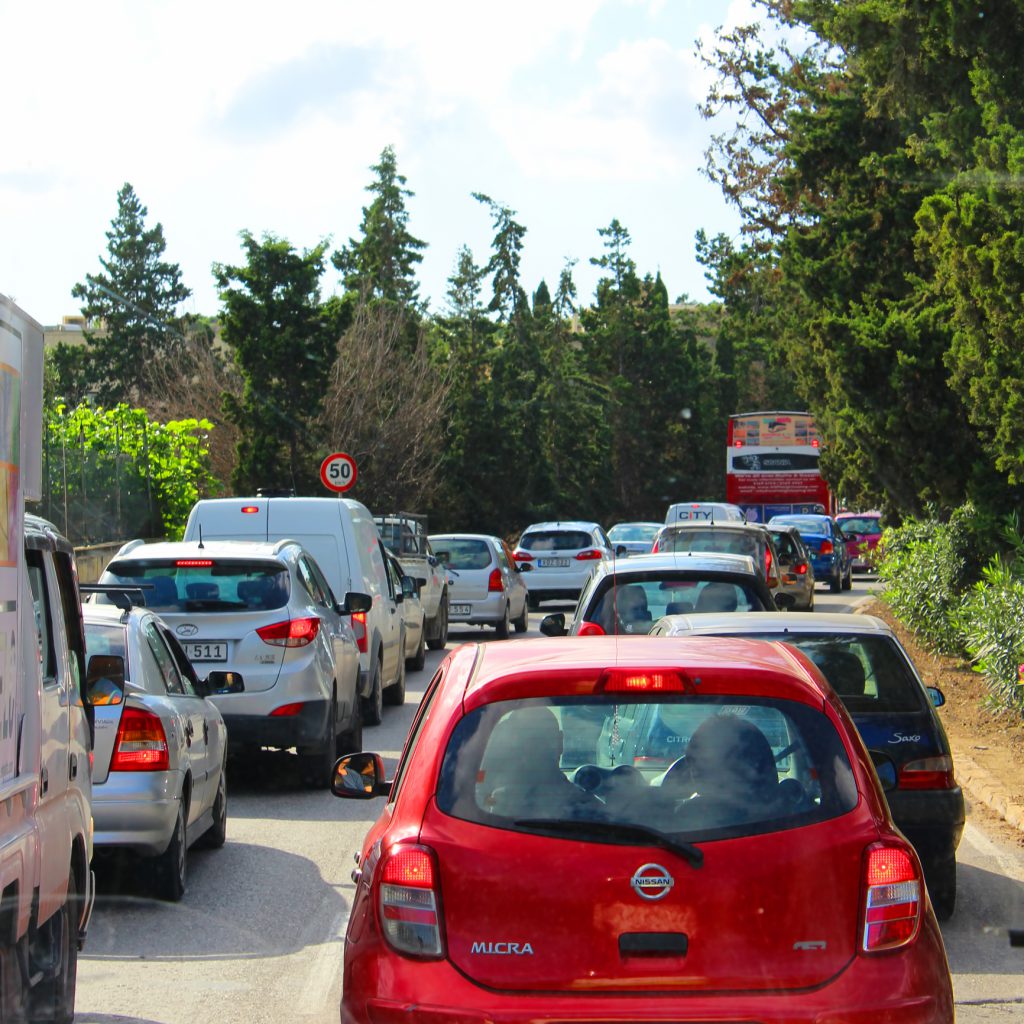Traffic chaos looms in Malta as school reopens

As the reopening of schools approaches in Malta, the familiar concern of worsening traffic returns to the forefront of public discussion. Historically, the summer months would offer some respite from traffic congestion due to the closure of schools, but this year has seen little improvement. Summer traffic, which once provided a momentary breather for motorists, remained stubbornly high, raising deeper concerns about Malta’s crumbling traffic management infrastructure and its ability to cope with the seasonal influx of vehicles.
One of the primary factors behind the traffic congestion is the steady increase in tourists. Tourism, vital to Malta’s economy, has led to an overwhelming number of vehicles on the roads, exacerbating the island’s already stretched traffic systems. But the situation cannot solely be blamed on external forces like tourism—self-inflicted problems are also a key contributor.
Never-ending roadworks, such as those in Mizieb on the outskirts of Mellieha that have dragged on for over a year, highlight a systemic issue of poor planning and inefficiency. Uncoordinated road closures, often without proper notice or clear alternative routes, have worsened the situation. The lack of synchronization between different infrastructural projects means that motorists find themselves trapped in a web of disruptions across key routes.
On top of this, the behaviour of some drivers only adds to the chaos. Double parking, illegal manoeuvres, and the frequent obstruction of roads contribute to traffic bottlenecks. Such behaviour often goes unchecked, which has led to a sense of impunity among certain drivers. Worse still, this lawlessness on the road can trigger incidents of road rage, threatening public safety.
As the school term looms, there is widespread frustration and impatience among motorists. They expect the authorities to act swiftly and decisively, not only to manage traffic better but also to avoid making matters worse by launching new projects at the most inopportune moments. The ongoing projects, many of which have already overstayed their deadlines, need to be accelerated to mitigate the inevitable disruption.
One perennial issue that has yet to be addressed is the flooding of key arterial roads, particularly during the autumn and winter months. The problem persists year after year, and in some cases, interventions aimed at reconfiguring critical junctions have only aggravated the situation. Such missteps cast doubt on whether the authorities have a long-term plan to fix Malta’s worsening traffic conditions or whether they are merely applying short-term fixes.
Looking ahead, there is a very real concern that Malta’s roads could grind to a halt in the coming weeks. Should this happen, the economic and social costs will be significant. Delays in commuting not only affect productivity but also lead to heightened stress and a deteriorating quality of life for many residents. The fact that emissions have spiked, with Malta recording the highest increase in greenhouse gas emissions across the EU—an 8% rise in the second quarter of 2023 — is indicative of how dire the traffic situation has become. The increase is almost double that of Latvia, the second-highest EU country, and underlines how Malta’s reliance on vehicles is leading to more than just congestion.
With the clock ticking toward the start of the school year, it is crucial that both the government and local authorities implement immediate measures to prevent a complete standstill. Without coordinated efforts to manage traffic, speed up roadworks, and enforce road discipline, the traffic situation in Malta risks escalating from a frustrating inconvenience to a full-blown crisis. Let us hope that the coming weeks will not bring the country to a halt, but if the warning signs are any indication, the challenge ahead is far greater than in previous years.
